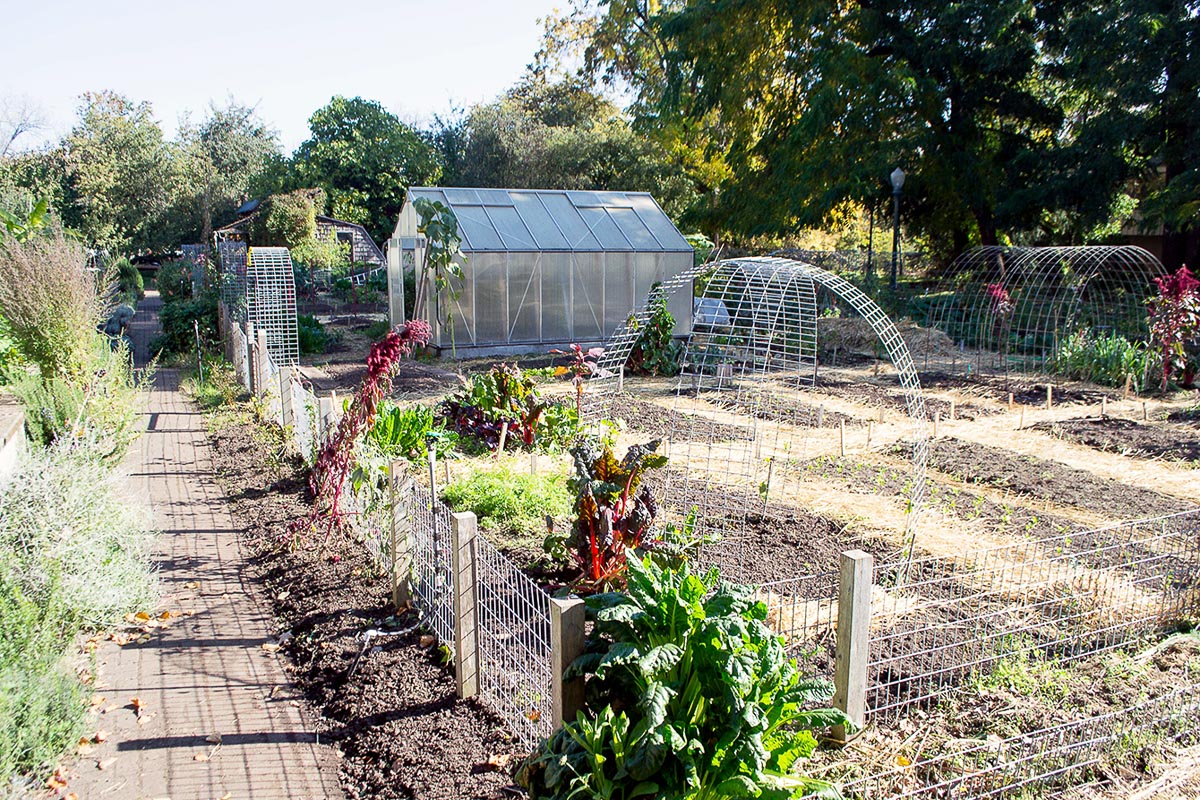City Blooming Fundamentals Explained
City Blooming Fundamentals Explained
Blog Article
The Ultimate Guide To City Blooming
Table of ContentsSee This Report about City BloomingHow City Blooming can Save You Time, Stress, and Money.How City Blooming can Save You Time, Stress, and Money.City Blooming - TruthsCity Blooming Fundamentals Explained
Interested in expanding food for sale in the City of Chicago? Considering starting an area yard? Adjustments to the Chicago Zoning Statute permit agricultural uses like neighborhood gardens and city farms in numerous components of the city. Below is a listing of frequently asked concerns concerning the regulations and guidelines that cultivators must take into consideration when preparing an urban farming task.
The zoning change does not customize any other codes managing composting, structure licenses, buying or leasing City possessed residential property, company licenses or environmental contamination. There are existing codes that manage these issues and they stay completely effect and might be applicable to your task. Neighborhood yards are generally had or managed by public entities, public companies or community-based organizations and kept by volunteers.
Urban farms expand food that is meant to be offered, either on a not-for-profit or for-profit basis. As a result of their business purpose, urban farms call for a business certificate. Yes. A community garden is allowed to sell surplus produce that was grown on site if the sales are accessory or subordinate to the garden's main function described over.
Some Ideas on City Blooming You Should Know
Composting is permitted however only for plant material that is produced and made use of on site. The amount of compost product can not go beyond 25 cubic lawns at any provided time according to the requirements in 7-28-715 of the City's Municipal Code. Yes. Since the dirt at many new yard sites needs amending, compost, dirt, wood chips, or various other materials can be acquired to build or enhance the growing area - urban gardening.

If a building authorization is called for after that the hoophouse will certainly be thought about an accessory structure. You can figure out even more concerning the building authorization demands by calling the Division of Structures. The 25,000-square-foot dimension limitation is intended to avoid a single area garden from dominating a provided block or interfering with the block's existing residential or business character.
The limitation does not use to gardens found in Public Open Space (POS) areas. Can there be more than one community yard that is 25,000 square feet on a single block? Yes. The dimension restriction relates to specific yards, not to individual blocks. No. Fencing is not required, nevertheless, gardens that have big parking lot may be called for to install fence or other landscaping features.
What Does City Blooming Mean?
B1 & B2 districts call for that all commercial usage activities be performed indoors. Is secure next page fencing required for city ranches? Fencings may be needed, along with landscaping and screening, for specific vehicle parking locations and outside work or storage locations depending on area and the certain task taking area.
Urban farms call for building authorizations and zoning approvals prior to building and construction (indoor plants). Other types of city evaluation may be required depending on certain frameworks, tasks, dimension, landscape design, licensing, public heath and stormwater monitoring issues.
Yes. The sort of license is identified by what is happening at the site. The Department of Business Affairs and Consumer Protection can assist identify the certain kind of company permit that's called for. Yes. Off road car parking is required for a lot of commercial jobs in Chicago. The required number of auto parking areas is based upon the number of staff members working with site and not the square video footage of the growing room.
City Blooming for Dummies

Yes. An urban farm can offer compost product produced on website, however, the procedure needs to adhere to the policies in 7-28-715 of the Chicago Municipal Code. Yes. Aquaponic systems are enabled inside your home on city ranches in many zoning districts. A zoning review and structure permit is needed in order to install frameworks or systems and a company permit is called for as described above.
Up to five hives or colonies of honey may be kept as an accessory use. Beekeepers need to sign up with the Illinois Department of Farming. For additional information regarding the recommended zoning modification you may call the Department of Housing and Economic Advancement, Bureau of Preparation and Zoning at 312.744.8563.
Farming in cities and city areas A metropolitan farm in Chicago. Urban farming refers to different techniques of cultivating. https://yoomark.com/content/home-city-blooming, processing, and dispersing food in urban areas. The term also relates to the location activities of pet husbandry, aquaculture, beekeeping, and cultivation in a metropolitan context. Urban agriculture is distinguished from peri-urban agriculture, which happens in backwoods at the edge of residential areas.
Facts About City Blooming Revealed
, who seek to create social networks established on a shared principles of nature and neighborhood holism. These networks can create by method of formal institutional support, coming to be incorporated into regional town preparation as a "change community" motion for sustainable city advancement.
Some of the very first evidence of urban agriculture comes from Mesopotamia.
Report this page